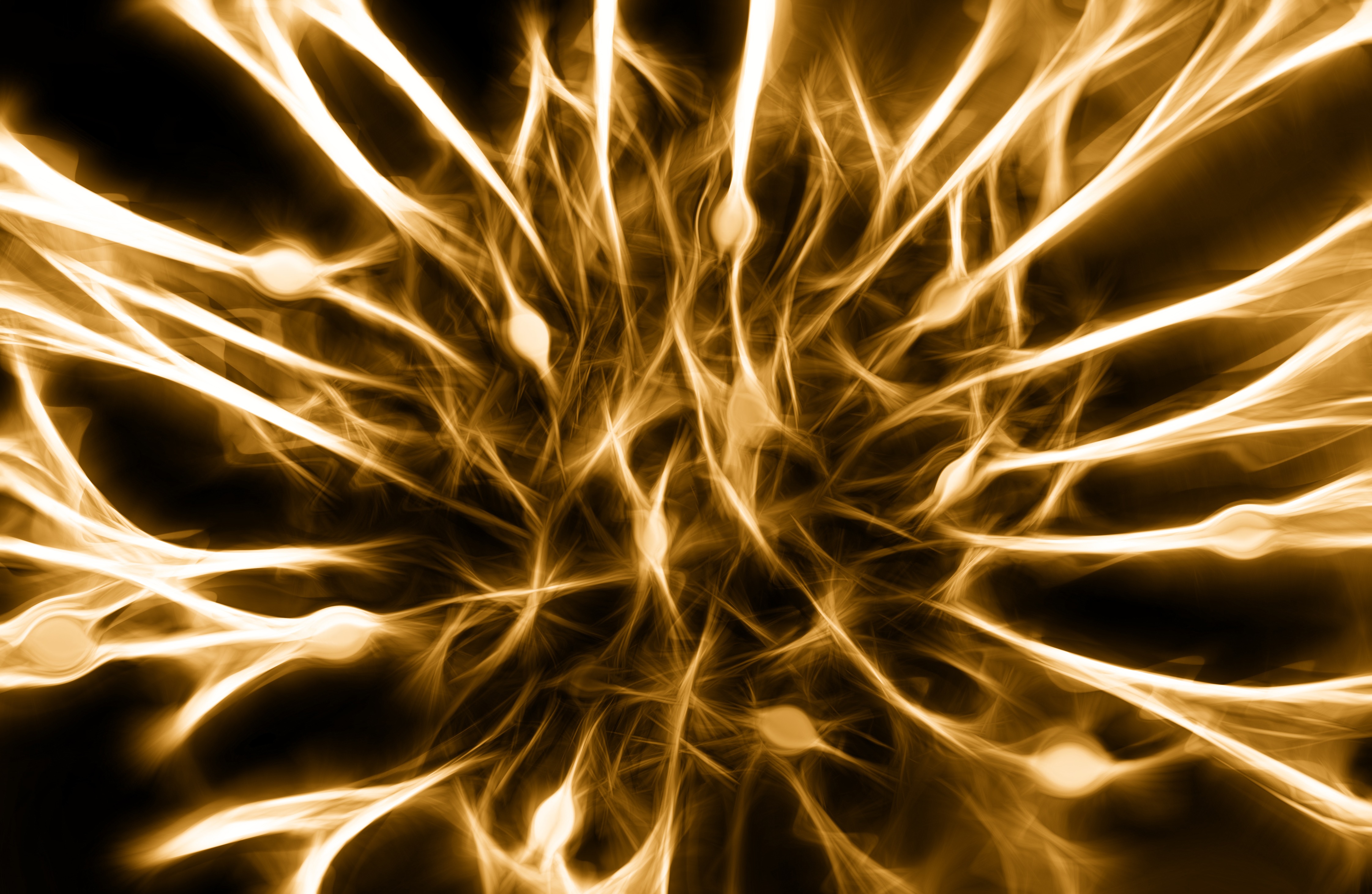By Andrew Palermo, Griffith University
Sending electricity through your brain sounds harmful and dangerous but in some cases it can change the way your brain works in a positive way. A method, called transcranial direct current stimulation (tDCs), is being used to treat mental illnesses such as Dementia, Alzheimer’s and Parkinson’s disease which are diseases that have a very negative effect on both sufferers and their families. Of course we’re not talking about strapping people into an electric chair! We are talking about using small electrodes on the surface of the scalp to send very low current electricity (<1mA) through the brain – And the most exciting thing is mathematics is being used to help discover how the brain works and help make this treatment method more effective and safe!
My 2013/14 AMSI vacation research scholarship project was based on assisting the development of a clinical tool that uses a mathematical model which models the electric field and electric current inside a patient’s head during a tDCs treatment. I contributed to the cause by finding a solution to the mathematical model when the human head is approximated as a prolate spheroid (A type of 3-d ellipse). Even though the human head is not a prolate spheroid, the solution will be used to test more complex solutions to the model that are currently being developed. Using this clinical tool, users will be able to analysis how strong the electric field and electric current is and in what direction it is flowing inside the brain before the electrodes are even applied. This information could be very useful to researchers investigating the cause of effects during the tDCs treatments and most importantly could help researchers and doctors develop and administer the tDCs treatment effectively and safely!
Andrew Palermo was one of the recipients of a 2013/14 AMSI Vacation Research Scholarship.

